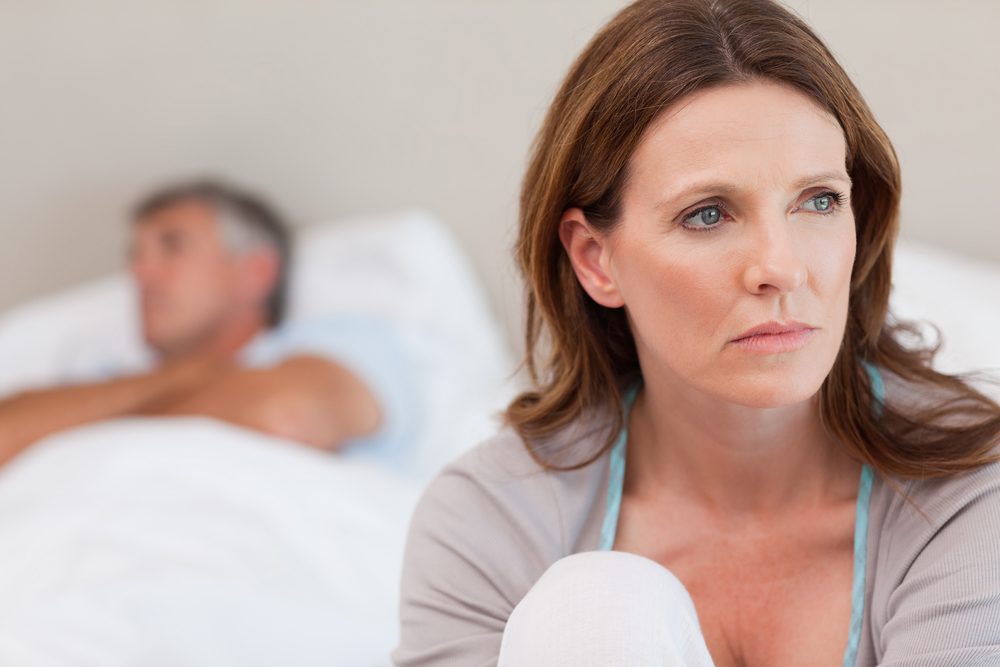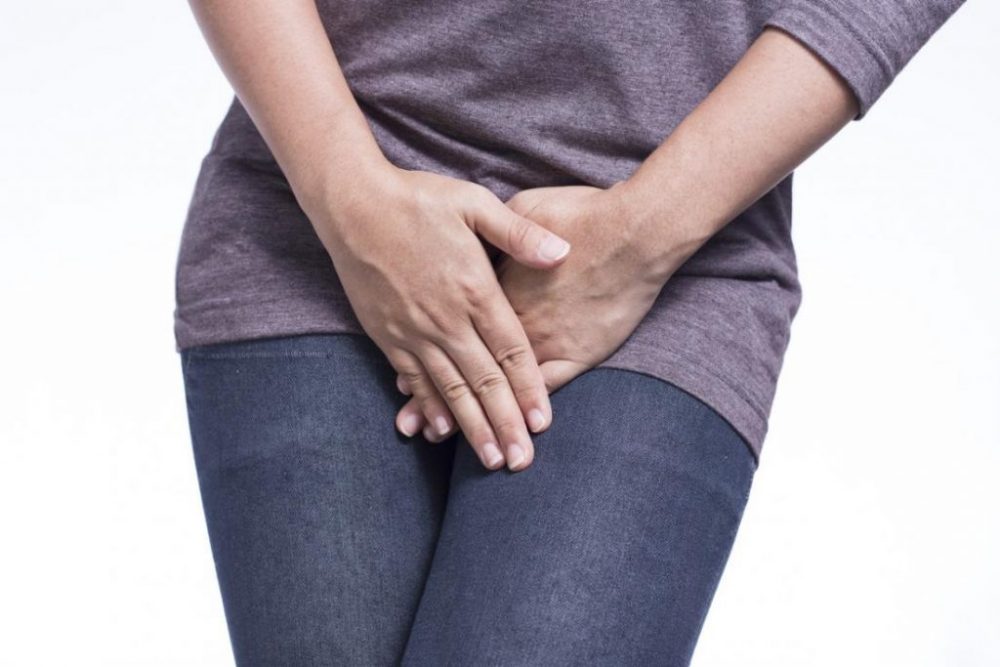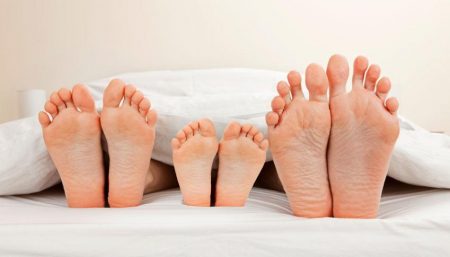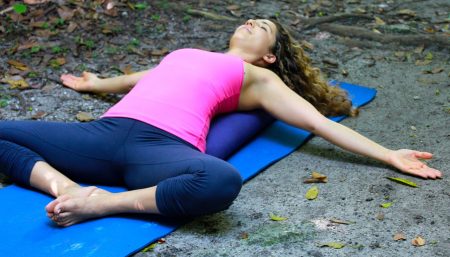
A recent Swedish survey suggested that dyspareunia occurs in 9.3 per cent of females, with the incidence being higher among the young and inexperienced and relatively low among the over-50s.
In order to provide adequate treatment for painful intercourse or dyspareunia, identification of the initiating and promulgating factors is essential. The differential diagnoses include vaginismus, inadequate lubrication, atrophy and vulvodynia. Less common etiologies are endometriosis, pelvic congestion, adhesions or infections, and adnexal pathology. Urethral disorders, cystitis and interstitial cystitis may also cause painful intercourse. The location of the pain may be described as entry or deep. Vulvodynia , atrophy, inadequate lubrication and vaginismus are associated with painful entry. Your medical and sexual history and your physical examination will help your doctor to determine the cause of your symptoms.
Treatment & Management

In order to assess appropriate treatment response, it is useful to determine the duration of the problem and if it is present with other sexual partners. It is unwise to assume that the patient is in a monogamous relationship or is heterosexual. The possible treatment options depending on the cause of dyspareunia, could include:
- If vaginal dryness is the problem, you can ease penetration and sexual intercourse with increased clitoral stimulation before intercourse or lubrication with an over-the-counter lubricant such as K-Y jelly, Replens or Astroglide.
- For vaginal yeast infections, ask your doctor to give you antifungal medication.
- For urinary tract infections or sexually transmitted diseases, antibiotics will be prescribed.
- Try sitz baths, which are warm-water baths in a sitting position, to relieve painful inflammation. You should sit on the sitz bath for approximately 15 to 20 minutes. You may need to refill the water to keep it at a helpful warm. Repeat it once or twice a day.
- For skin diseases affecting the vaginal area, the treatment will vary depending on the disease. For example, lichen sclerosus and lichen planus often improve with steroid creams.
For vulvar vestibulitis, typical therapies include topical estrogen cream, low-dose pain medications, and physical therapy with biofeedback to lower the muscle tension in the pelvic floor. - For atrophic vaginitis, estrogen therapy will be prescribed, either as a vaginal formulation or as a pill. Osphena (ospemifene) tablets have been approved by the US Food and Drug Administration (FDA) for the treatment of moderate to severe dyspareunia (painful intercourse), a symptom of vulvar and vaginal atrophy (VVA), due to menopause. It is an oral treatment alternative to vaginal or oral steroidal estrogens for women with dyspareunia due to menopause.
- If endometriosis is causing your dyspareunia, you may be prescribed medication or you may need surgical procedures to control or remove abnormal growths of uterine tissue.
- For dyspareunia that has no apparent physical cause or has lasted for months or years, you may need psychological counseling to address stress or anxiety regarding sexual intercourse.

- Avoid using scented bath oils or shower gels, soaps or douches.
- Local anaesthetic cream or gel may allow pain-free penetration.
- Do not Rush. Longer foreplay can help stimulate your natural lubrication. And you may reduce pain by delaying penetration until you feel fully aroused.
- Try other positions: If you experience sharp pain during thrusting, the penis may be striking your cervix or stressing the pelvic floor muscles, causing aching or cramping pain. Changing positions may help.
- Do Vaginal Relaxation exercises: These involve tightening the muscles of the pelvic floor – the same muscles you would contract if you were on the toilet urinating and wanted to stop the flow of urine. You should contract your muscles, hold for a couple of seconds, then relax. Initially, you can do the exercises on the toilet to make sure that you are contracting your pelvic floor muscles and not your abdominal muscles instead; however, as soon as you are certain that you are doing them correctly, you should no longer do them on the toilet but whenever you think about it during the day. Each time you do them, do about 20 contractions. You can do these while talking on the phone, watching television, etc. Don’t forget to relax the muscles for a few seconds after each contraction. After a few days you should try doing the exercises with fingers in your vagina, starting with one finger and working your way up to three. It is a good idea to cut your fingernails and to use a lubricant such as K-Y Jelly.
Hygiene and personal care should be a top priority to avoid infection.
For more:
Disclaimer
The Content is not intended to be a substitute for professional medical advice, diagnosis, or treatment. Always seek the advice of your physician or other qualified health provider with any questions you may have regarding a medical condition.



